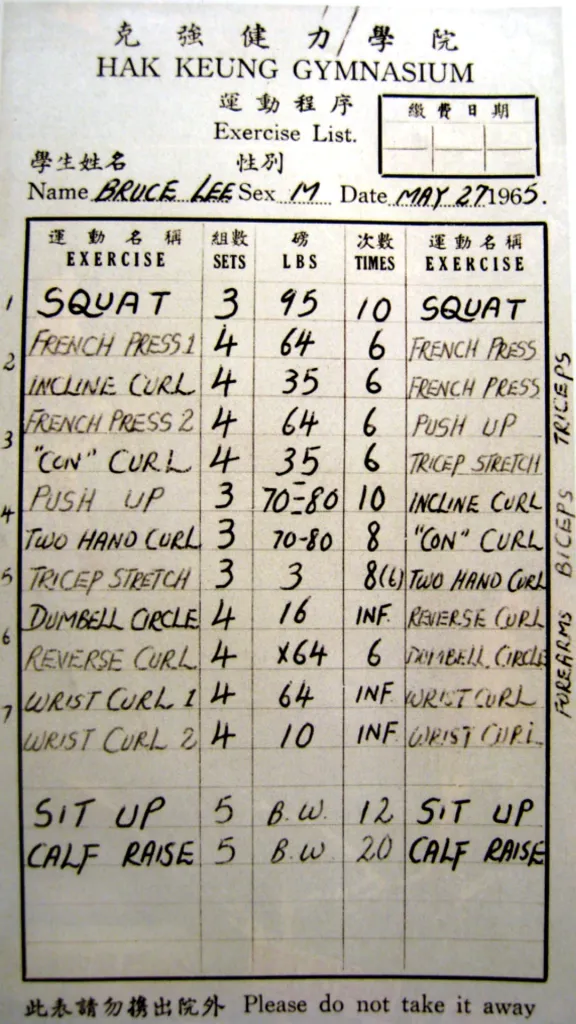Dr John Scharffenberg, a 101 year old nutrition professor at Loma Linda University in California, revealed his advice for prolonging health and promoting longevity.
Born in December 1923, the doctor still lives an independent life, travels the world, drives by himself and remains mentally sharp. This centenarian nutritionist is a living and breathing example of the potential health benefits that can result from following his seven lifestyle habits.
As expected, Not smoking, abstaining from alcohol, cutting out meat, and exercise are just a couple of the main habits.
As Dr. Scharffenber states “Even though I'm a nutritionist, I think exercise is even more important than nutrition”
The doctor adds that he believes the most important life stage to exercise is during mid life, from the ages of 40 to 70. “That's when you need it, because that's the time when people usually relax, have more money, buy more food, sit around more, eat more... and that's the wrong way to go.”
Even if you are overweight, if you exercise, you will live longer than a person of normal weight who does not exercise.
I totally agree with his statement. The one thing that most people don’t realize is that by exercising regularly, you improve your quality of life along with life span. Science has proven that doing both cardio and resistance training improves your biological markers. That is, you can be much younger than your chronological age.
One of the best examples of this was Jack Lalanne who lived to 96. Ever do a “jumping jack”? He was a pioneer in physical fitness and followed similar lifestyle habits.
So if you feel “old” no matter what your age, you can do something about it to act and feel younger!
Read up on on the 102-year-old nutrition professor lifestyle habits here:102 year old Nutrition Prof's lifestyle habits *1
Or check out this youtube video:
Viva Longevity - 100 Year old Nutrition Prof

